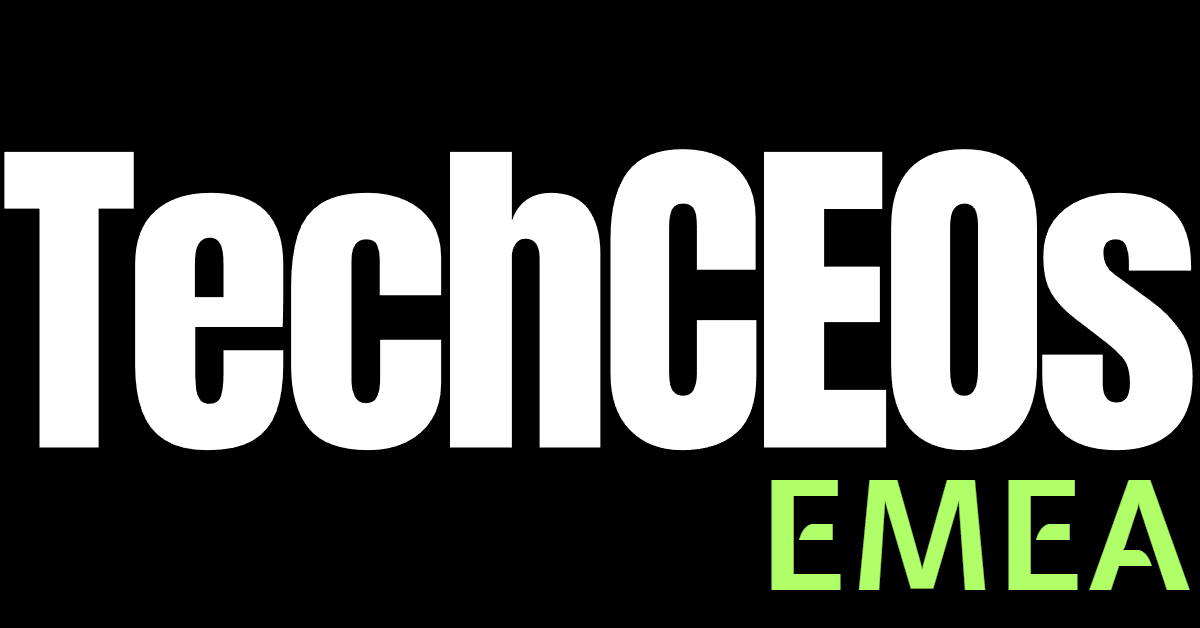The Sustainable Development Goals (SDGs) are a set of global goals adopted by the United Nations to address various social, economic, and environmental challenges by 2030. Middle Eastern countries have embraced these goals and have implemented various government initiatives to achieve them. Here is an overview of the SDGs in the Middle East, along with some government initiatives and progress:
- Goal 1: No Poverty: Middle Eastern countries are implementing poverty alleviation programs, social welfare measures, and inclusive economic policies to reduce poverty rates and improve the standard of living for marginalized populations.
- Goal 2: Zero Hunger: Governments are investing in agricultural development, food security, and nutrition programs to ensure access to nutritious food and eliminate hunger in the region.
- Goal 3: Good Health and Well-Being: Middle Eastern countries are improving healthcare infrastructure, increasing access to healthcare services, and addressing health challenges, including communicable diseases and non-communicable diseases.
- Goal 4: Quality Education: Governments are enhancing educational opportunities, promoting literacy, and investing in teacher training and educational facilities to ensure quality education for all.
- Goal 5: Gender Equality: Middle Eastern countries are taking measures to promote gender equality, empower women, and eliminate gender-based discrimination and violence.
- Goal 6: Clean Water and Sanitation: Governments are investing in water management, water treatment facilities, and sanitation infrastructure to ensure access to clean water and adequate sanitation.
- Goal 7: Affordable and Clean Energy: Middle Eastern countries are advancing renewable energy initiatives, investing in solar and wind power projects, and promoting energy efficiency to enhance access to clean and affordable energy.
- Goal 8: Decent Work and Economic Growth: Governments are promoting inclusive economic growth, supporting entrepreneurship, and creating job opportunities to foster decent work and economic development.
- Goal 9: Industry, Innovation, and Infrastructure: Middle Eastern countries are investing in infrastructure development, promoting innovation, and supporting industrial diversification to drive economic growth and technological advancement.
- Goal 10: Reduced Inequality: Governments are implementing policies to reduce income inequality, address regional disparities, and ensure inclusivity in economic opportunities.
- Goal 11: Sustainable Cities and Communities: Middle Eastern countries are investing in sustainable urban development, green infrastructure, and affordable housing to create resilient and inclusive cities.
- Goal 12: Responsible Consumption and Production: Governments are promoting sustainable consumption patterns, waste reduction, and recycling initiatives to minimize the environmental impact of consumption.
- Goal 13: Climate Action: Middle Eastern countries are taking measures to address climate change, promote renewable energy, and reduce greenhouse gas emissions.
- Goal 14: Life Below Water: Governments are working to protect marine ecosystems, preserve biodiversity, and promote sustainable fishing practices.
- Goal 15: Life on Land: Middle Eastern countries are implementing conservation initiatives, afforestation programs, and sustainable land management practices to protect terrestrial ecosystems and biodiversity.
- Goal 16: Peace, Justice, and Strong Institutions: Governments are promoting good governance, rule of law, and institutions that foster peace, justice, and stability in the region.
- Goal 17: Partnerships for the Goals: Middle Eastern countries are engaging in partnerships and collaborations at the regional and international levels to achieve the SDGs and promote sustainable development.
While progress towards the SDGs varies across the Middle East due to differing socio-economic and political contexts, governments in the region are actively working towards achieving these goals and fostering sustainable development for their citizens and future generations. Collaborations between governments, civil society, private sectors, and international organizations are crucial to addressing regional challenges and achieving the SDGs in the Middle East.




